Virtual reality is making a big comeback, and virtual worlds are being rebranded as virtual reality right and left. There’s nothing particularly wrong with that — immersive virtual worlds are a natural fit for virtual reality.
But virtual reality is more than just virtual worlds with extra immersion. “Immersion squared” or — with audio — “immersion cubed.”
There are some key differences that experience designers need to be aware of.
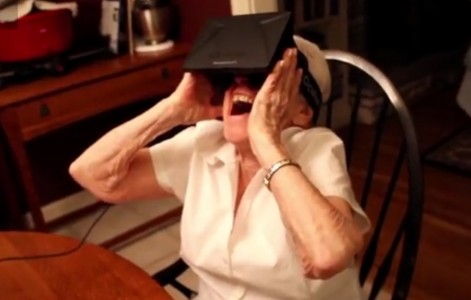
1. The 3D effect is natural
The user doesn’t just come to identify with their avatar on a screen — the user actually is inside that avatar, inside the virtual world. No extra cognitive leap is required to think of the virtual world as a real place.
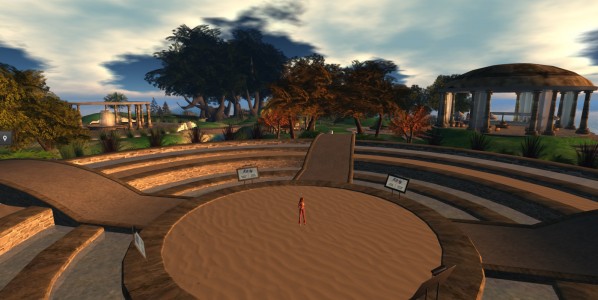
2. Forced first person view
The camera can’t loiter around the avatar’s shoulders, or fly around, or zoom in on in-world objects or displays, or hold still for pre-made animated scenes. Any unnatural camera movement not only destroys immersion, but increases vertigo and could make users nauseous.
The forced first person view also makes the entire virtual experience far more subjective, since the user is right in the middle of it. Things are flying at you, not at the avatar.

3. No distractions
With a traditional viewer, a virtual world is only a click away — or a flick of the eyes away — from a Web browser, or an email inbox, or whatever is on the user’s desk or elsewhere in their surrounding physical environment.
While wearing a virtual reality headset, you cant look away, or have the physical world distract you. There is no break to the “flow†of being in the immersive environment.
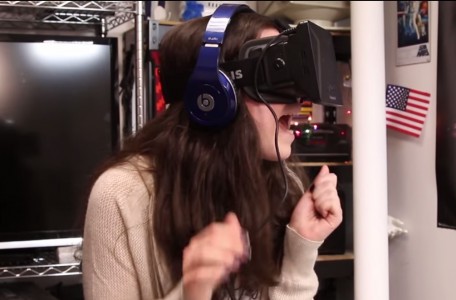
4. Isolation
What this lack of distraction can also lead to is isolation. You feel as though it’s just you and the virtual world — and the things in it – and it’s harder to ask for help, except to someone else who is also in the world.
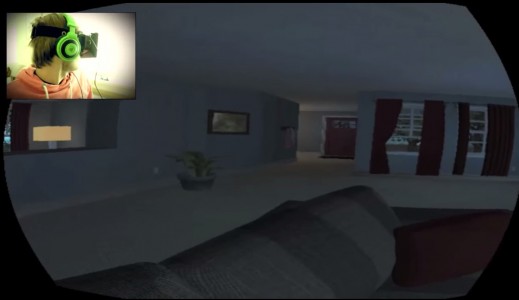
5. Vulnerability
When playing a scary video game or watching a movie, you can always glance away from the screen to the living room around you to reassure yourself that you’re not in any actual danger from the on-screen monsters. The same applies to traditional virtual worlds.
The intelligent, modern part of your brain knows that the virtual environment is just that — virtual — but the primitive part your brain where your fear responses live isn’t smart enough to tell the difference.
With virtual reality the safety net of the external visual cues gets removed. It’s just you and the virtual space.
For training sims where a sense of risk or unease are important, whether something literal like street policing or more nuanced such as a night-time ward round, this removal of safety can step the whole experience up into a higher gear — and is probably also why horror-VR experiences will be one of the big sellers.
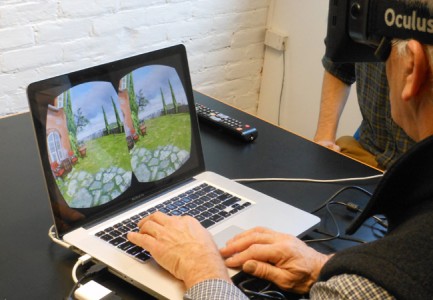
Putting these differences to work
To make the absolute most out of virtual reality as opposed to virtual worlds, the experience should seek to play to these five differences.
Tasks and experiences that have a degree of risk are likely to work well, and voice becomes a far more natural way of communicating than text chat.
It will be interesting to see how well multi-user experience work with virtual reality. Our guess is that, without easy access to gestures, trying to co-ordinate team activity will be a lot harder without the helicopter view that most virtual worlds allow.
During the early phases of moving from virtual world to virtual reality a lot of thought needs to go into things like controllers and user interfaces.
That requires replacing the common 2D heads-up display, which isn’t easy, and removing any small text – which is next to impossible to read.
As a result, making an experience work well in virtual reality is more than just switching viewers and putting on a headset.
However, the fact that it is the same underlying immersive experience and technology means that the path from virtual world or immersive environment to virtual reality should be one of steady progression.
The danger is that a lot of people will jump straight into “VR†development, and onto the accompanying bandwagon, without having cut their teeth on the fundamentals of virtual world and immersive environments. Clients may become so fixated by the must-have of an Oculus Rift experience, or be so put off by the problems with getting hold of the kit — and the feelings of nausea — that they miss the benefits that virtual environments can bring to a far larger audience right now, and still provide the best route into virtual reality as the availability and power of the equipment improves.
You can read more about this topic in our Virtual Reality White Paper.
- Four major types of virtual reality - February 21, 2016
- Getting to grips with High Fidelity - November 7, 2015
- 5 key differences between virtual worlds and virtual reality - August 1, 2014
